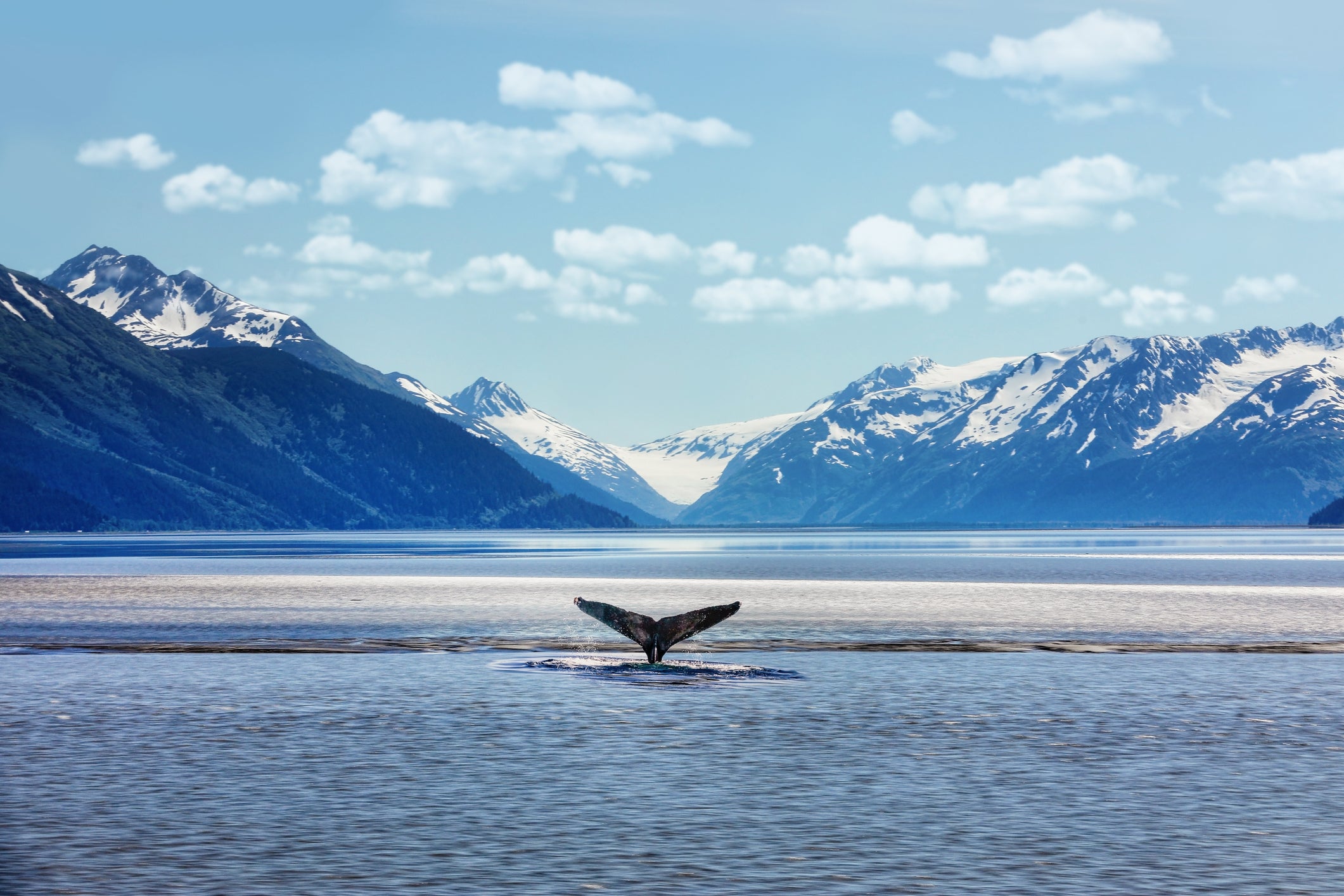Young humpback whale ‘hog-tied’ to 300-pound crab pot is freed by Alaska rescuers
The whale was ‘hog-tied’ and bent to the side - posing a very tricky mission for rescuers
Your support helps us to tell the story
From reproductive rights to climate change to Big Tech, The Independent is on the ground when the story is developing. Whether it's investigating the financials of Elon Musk's pro-Trump PAC or producing our latest documentary, 'The A Word', which shines a light on the American women fighting for reproductive rights, we know how important it is to parse out the facts from the messaging.
At such a critical moment in US history, we need reporters on the ground. Your donation allows us to keep sending journalists to speak to both sides of the story.
The Independent is trusted by Americans across the entire political spectrum. And unlike many other quality news outlets, we choose not to lock Americans out of our reporting and analysis with paywalls. We believe quality journalism should be available to everyone, paid for by those who can afford it.
Your support makes all the difference.A young humpback whale entangled in heavy ropes and buoys and anchored by a 300-pound crab pot was successfully saved by Alaskan rescuers.
Two local residents spotted the whale on 10 October near the coast of Gustavus, Alaska; workers from the Glacier Bay National Park immediately went into the water to assess the situation and confirmed that the four to five-year-old whale was trapped in ropes and dragging two buoys.
The residents said the whale was “making unusual sounds and having trouble moving freely,” according to the National Park Service.
The whale was being anchored to the seafloor by the crab pot that was attached to 450 feet of heavy-duty line.
Later in the day, two trained disentanglement responders and a ranger monitoring the whale’s condition left the coast to make their way out to the whale.
The young humpback was swimming in a tight clockwise circle while the lines continued to entrap the whale.
The owner of the crab pot spoke to the NPS, who said he had set his pot near Pleasant Island but it went missing over the weekend.
This meant the young whale had most likely been entangled for at least three days before residents spotted it.
The National Oceanic and Atmospheric Administration (NOAA) approved a rescue mission to take place, but the right specialised personnel were needed.
By sheer luck, a “highly-skilled whale disentanglement expert”, Dr. Fred Sharpe, had just landed in Juneau, not far from the trapped whale.

As Mr Sharpe and a team of experts flew to Gustavus the next day on 11 October, they kept an eye out for the whale from the sky.
One passenger managed to spot the creature close to Pleasant Island, a mile away from where he was the day before. This saved the team valuable time instead of scoping out his location while at sea.
Nature was also on the rescuer’s side that day, as rocky weather gave way to flat seas and sunny skies.
When the team got to the young whale, they found him in a bad way.
“The whale had a loop of line through its mouth that led to a large, heavy glob of tangled lines at its tail,” the NPS said.
“In effect, the whale was hog-tied, its body bent sharply to the side as it swam in a predictable clockwise circle each time it came up [to the surface].”
The whale didn’t make his rescue easy at first, circling and dodging the team, who were on a small inflatable raft, for about an hour.
Finally, the rescuers were able to start making cuts using a special knife - made out of razor blades attached to the inside of grappling hooks - on the end of a very long pole.
The team worked throughout the day until it was almost dark, cutting parts of the rope bit by bit.
On their final cut, the whale immediately disappeared into the sea, with the team celebrating its ability to swim quickly.
A culmination of planes, drones, on-sea and on-land participants all contributed to the rescue of the young whale.
The NOAA said that without the removal of the heavy ropes and anchoring objects, the entanglement could have been “life-threatening.”
The whale can now be tracked through sightings on Happywhale.com.

Join our commenting forum
Join thought-provoking conversations, follow other Independent readers and see their replies
Comments